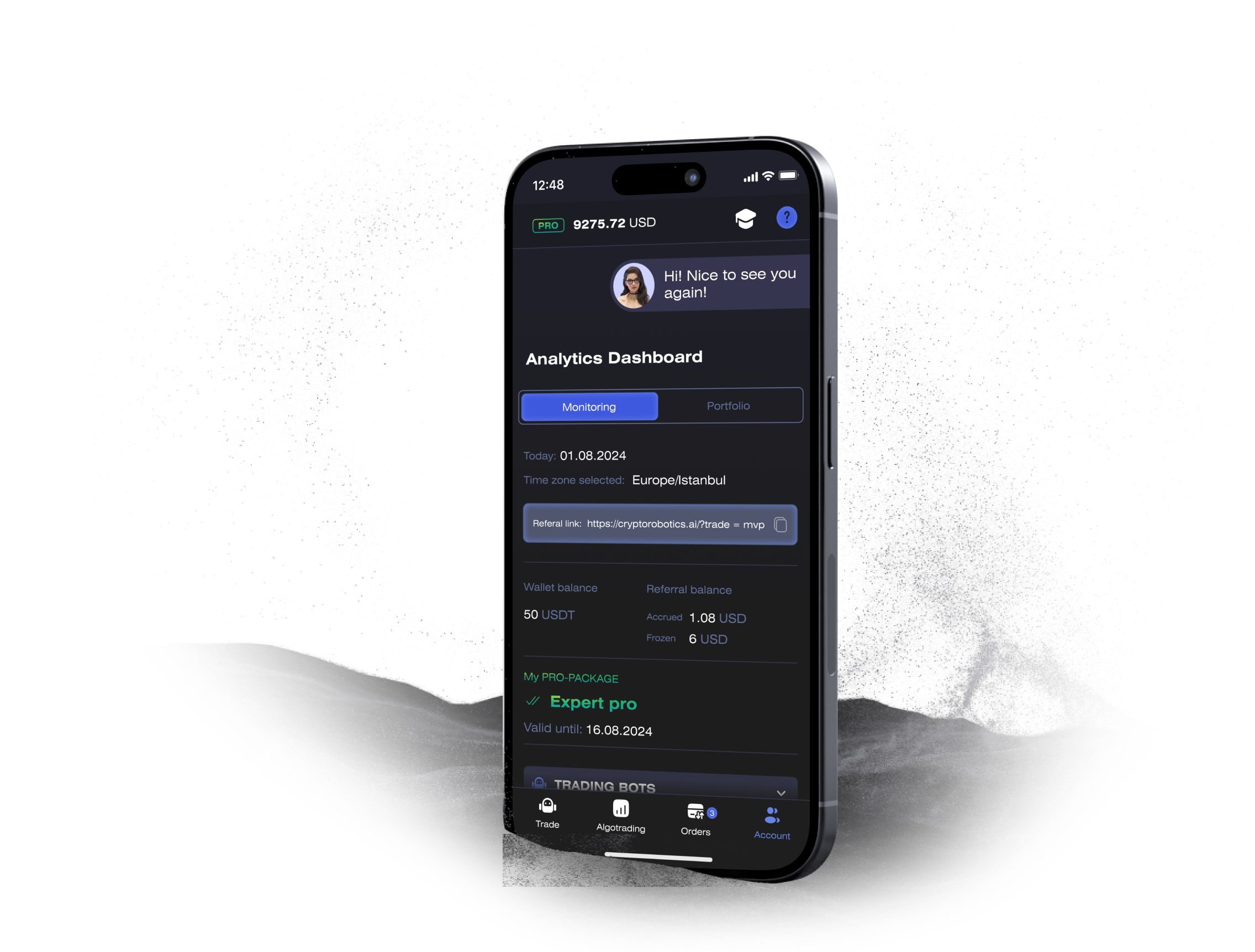Published: November 16, 2024 at 3:07 am
Updated on November 16, 2024 at 3:07 am




Blockchain has been a game changer for many industries, but its core principle of immutability can sometimes feel like a double-edged sword. Once you hit send on that crypto transaction, there’s no going back. This rigidity is essential for trust, yet it can lead to some costly mistakes. Enter Ethereum’s latest innovation: reversible transactions, or as they cheekily call it, “time machines.” Developed by researchers Vlad Zamfir and Anuj Das Gupta, this concept aims to allow certain transactions to be undone while keeping the integrity of the blockchain intact. Sounds tempting, but is it really the utopia we’re looking for?
The idea behind these “time machines” is to strike a balance between flexibility and the unyielding nature of traditional blockchain systems. Imagine being able to correct an error without having to rely on potentially chaotic hard forks or centralized solutions. During a recent developer conference in Bangkok, Das Gupta elaborated on how this tech could address major pain points in today’s crypto landscape.
To put it into perspective, think about email systems today versus those back in the day. Modern email services allow you to unsend messages; early ones didn’t have such luxuries. As we move towards Web3 environments, perhaps it’s time we consider more user-friendly options that don’t compromise core principles.
On one hand, these reversible transactions could greatly enhance user experience and security in crypto currency exchange trading environments. Imagine being able to reverse a mistaken transfer or halt an exploitative transaction before it wreaks havoc on your finances. The potential increase in adoption rates is tantalizing—especially for those who are currently put off by the permanent nature of our current systems.
However, there are significant risks involved as well. Centralization is one major concern; allowing any form of reversibility could undermine the decentralized ethos that cryptocurrencies were built upon. Additionally, new forms of vulnerability could emerge—after all, isn’t that what we’ve been trying to avoid all along? Implementing such a system would also add complexity and operational overhead to existing protocols.
If reversible transactions become mainstream, they could fundamentally alter automated trading systems as we know them today. On one hand, enhanced security features might make these systems more appealing; after all, who wouldn’t want an extra layer of protection against errors or hacks? But then again—mightn’t this very feature introduce new avenues for manipulation?
Moreover, let’s not forget about regulatory implications; authorities may view these new types of transactions through an entirely different lens than they do today’s irreversible ones.
While Ethereum’s “time machines” present an intriguing solution to some pressing issues within crypto trading frameworks—such as user error and fraud—they also open up Pandora’s box of potential problems that must not be overlooked.
Are we ready to sacrifice some degree of decentralization for increased usability? Or should we stick with our current rigid structures despite their shortcomings? One thing’s for sure: as technology evolves so too must our approaches—and perhaps even our philosophies surrounding blockchain technology itself.
CryptoRobotics is committed to delivering transparent and reliable reporting in alignment with the principles upheld by the Trust Project. Every element within this news piece is meticulously crafted to uphold accuracy and timeliness. However, readers are encouraged to conduct independent fact-checking and seek advice from qualified experts before making any decisions based on the information provided herein. It's important to note that the data, text, and other content presented on this page serve as general market information and should not be construed as personalized investment advice.
Access the full functionality of CryptoRobotics by downloading the trading app. This app allows you to manage and adjust your best directly from your smartphone or tablet.

News
See more